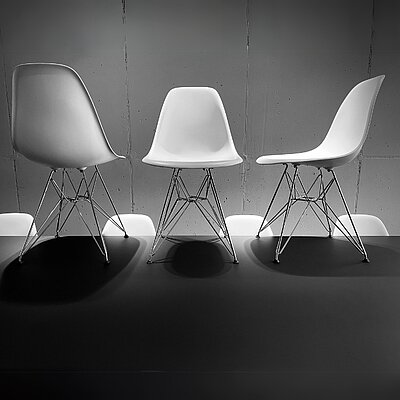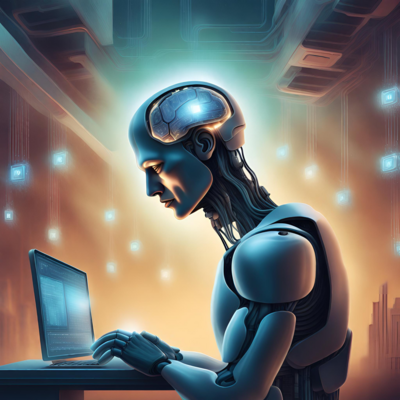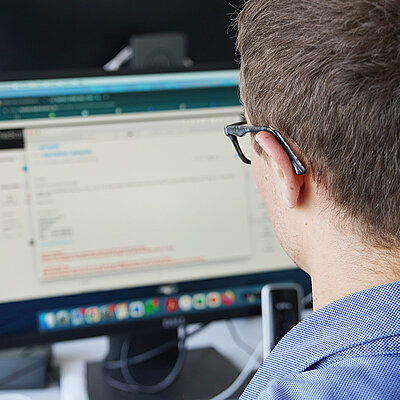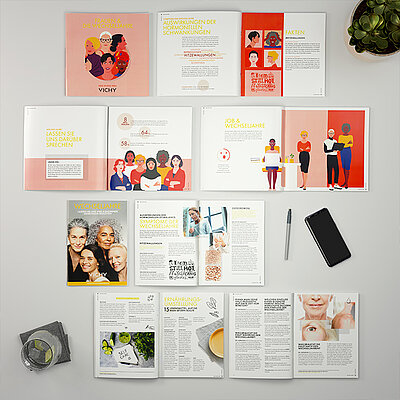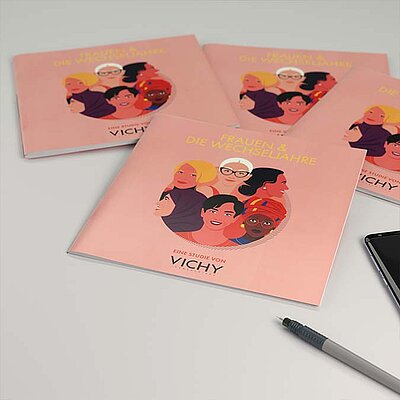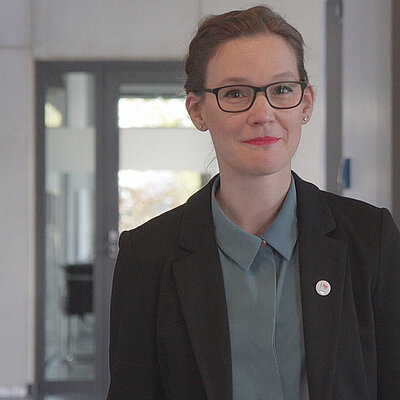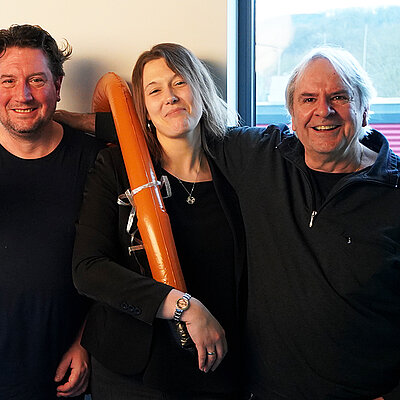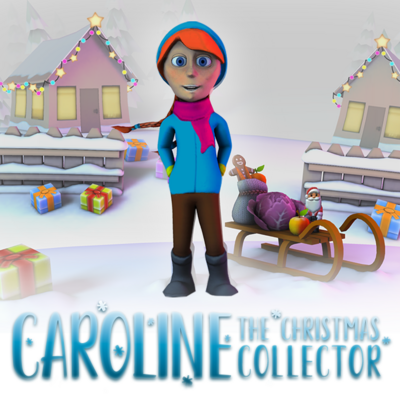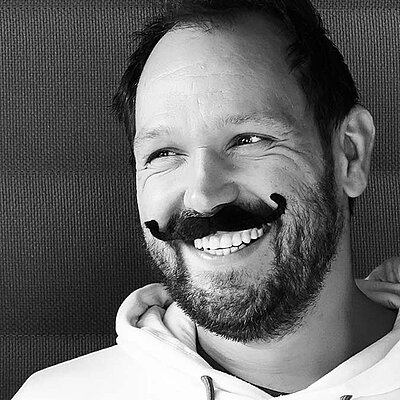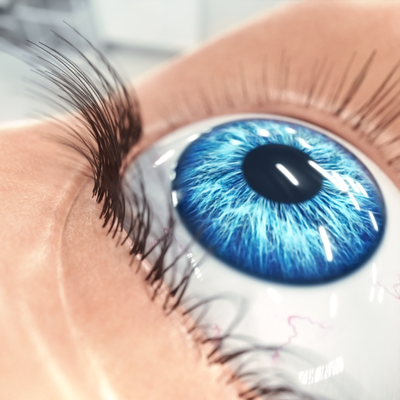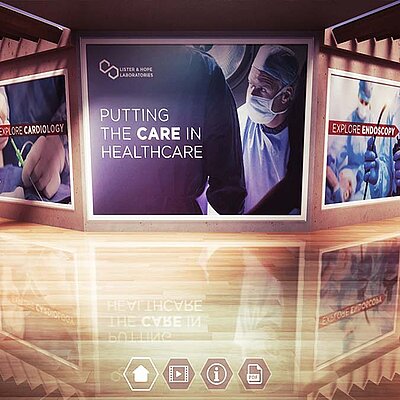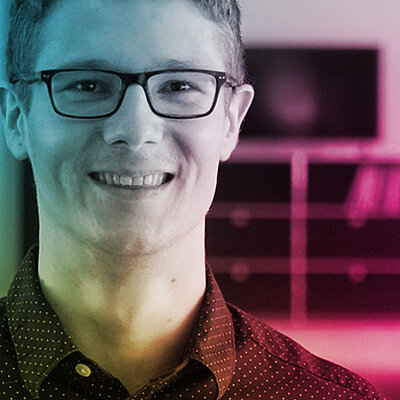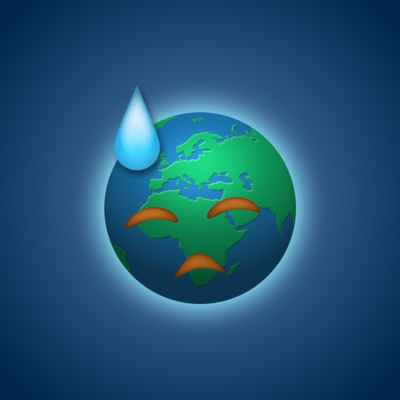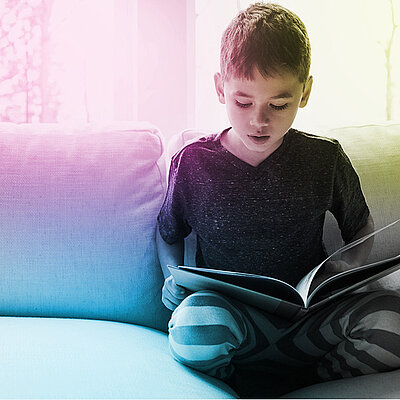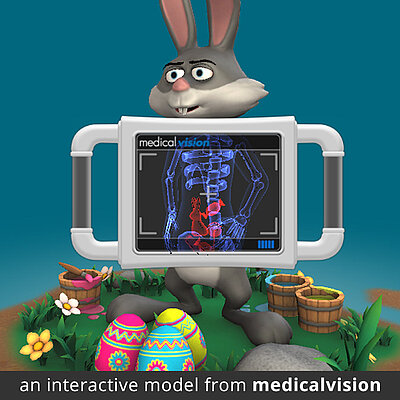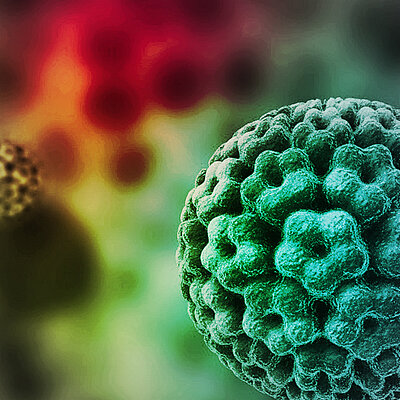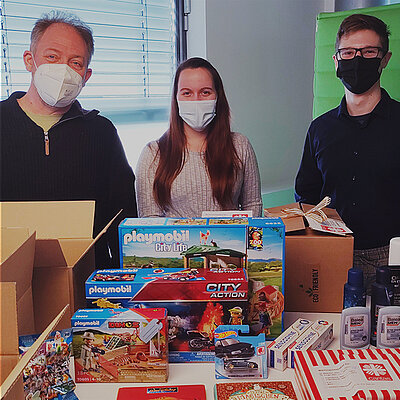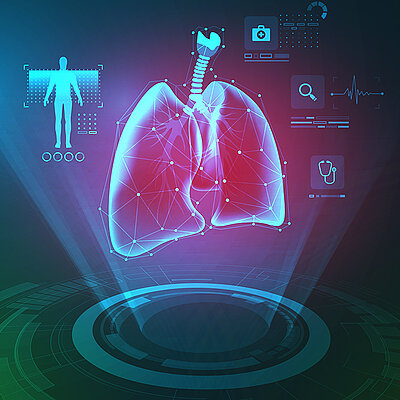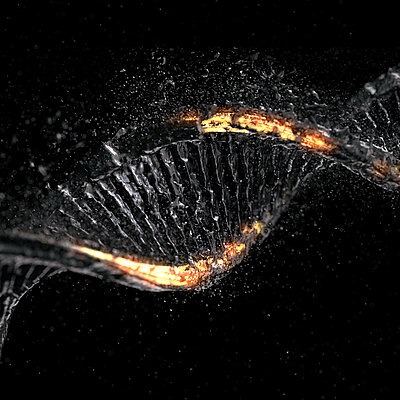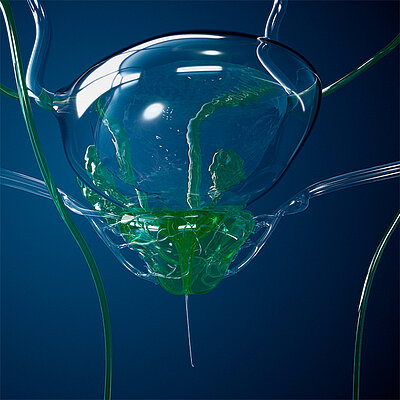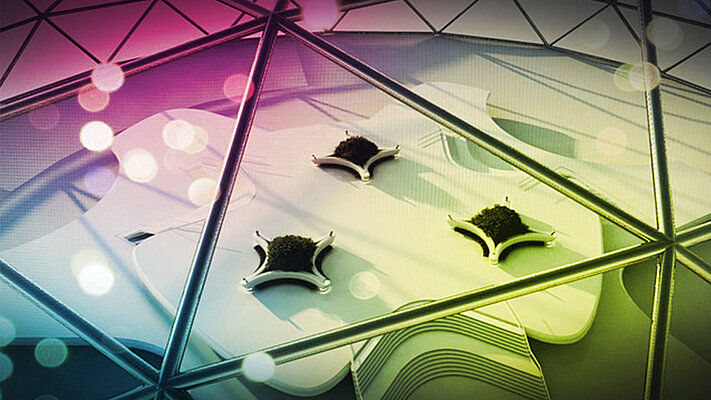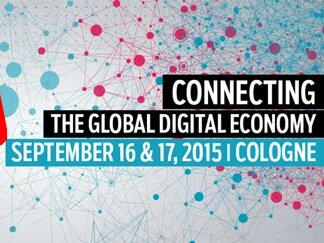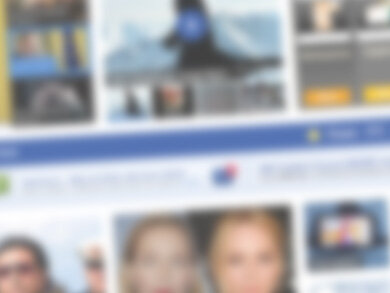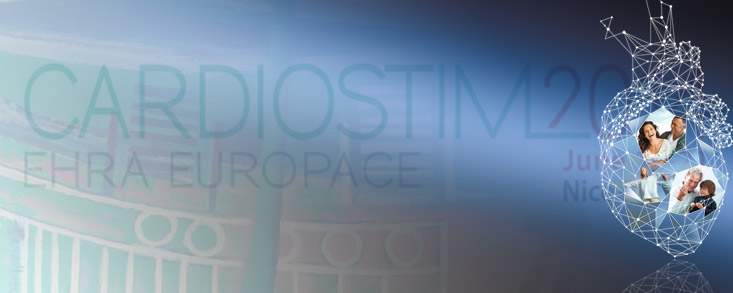As we welcome in the New Year and as a vaccine for the Corona Virus begins to make its way through the population, we can finally dare to imagine a world with Corona no longer forcing us into lockdowns, shuttering businesses and causing us to stay away from friends and family that don’t live under the same roof as we do. But make no mistake, a world post COVID does not look the same as the world before the pandemic.
Business will see transformative effects stay relevant. Many have seen that allowing people to work remotely does not translate to decreased productivity, in fact it is more often than not likely to actually boost production. A study cited by the BBC found that even one work at home day a week translated into a 13% boost in overall productivity (bbc.com/worklife/article/20200710-the-remote-work-experiment-that-made-staff-more-productive). And large companies like Fujitsu and Twitter have embraced making working at home a permanent option for their employees post pandemic.
Embracing the digital workplace should also see staying power after we put away our facemasks. Meetings with Zoom or Microsoft Teams are likely to still be commonly used even when people are back in the office simply because it is convenient and can be done with people whether they sit in the same building or in different countries.
The transformation will also extend to the exhibition and event space. The necessity of finding alternatives to a staple of many companies’ sales methods had to be rethought if not outright abandoned during this pandemic. Virtual spaces combined with videos, chats and other interactive tools have bridged the gap, and the possibility of adding AR or VR only helps in recreating the effect of meeting and networking with others in order to demonstrate the value of new or existing products. Out of necessity and because time was short, at first many “Virtual Exhibitions” looked like traditional exhibitions, albeit digitized (https://medicalvision.de/en) but we don’t need to stop there. Given time to rethink how sales in a digital arena can be approached opens up many exciting possibilities. No one says that your virtual exhibition stand has to mirror your real-world counterpart. Showcasing your product need only be limited by your imagination. 3D Models such as these (https://medicalvision.de/en) of your product allow your customer some degree of interaction so that they can get a feel of what a product is like without physically holding it in their hand.
The benefits of a digital exhibition cannot be understated. Massive logistic issues like organizing a physical exhibition stand that will stand for a few days, and often won’t be recycled, can be bypassed completely. And think of the money you will save flying in staff, KOLs and VIPs (not to mention lodging and food) to take part in promoting your newest products.
Of course, that’s not to say we won’t miss out on some of the benefits of a real physical space. A firm handshake and a friendly smile or laugh feel decidedly different than a smiley emoticon and a “LOL” in a chat. Live product demos will not feel the same without a physical product, and although technology promises to provide real haptic feedback at some time in the future to simulate the actual physical product, that technology is far off. So, for now at least, you will want your potential customers to be able to hold your product in their hands.
What it boils down to is simply that while exhibitions are not likely to disappear in their physical form once business returns to a sort of normalcy, they may be complemented or occasionally replaced by a digital equivalent. This isn’t a bad thing, it’s the way we will transform communication and it is up to us to optimize the tools we have and look towards the future of selling with the lessons we have learned.






